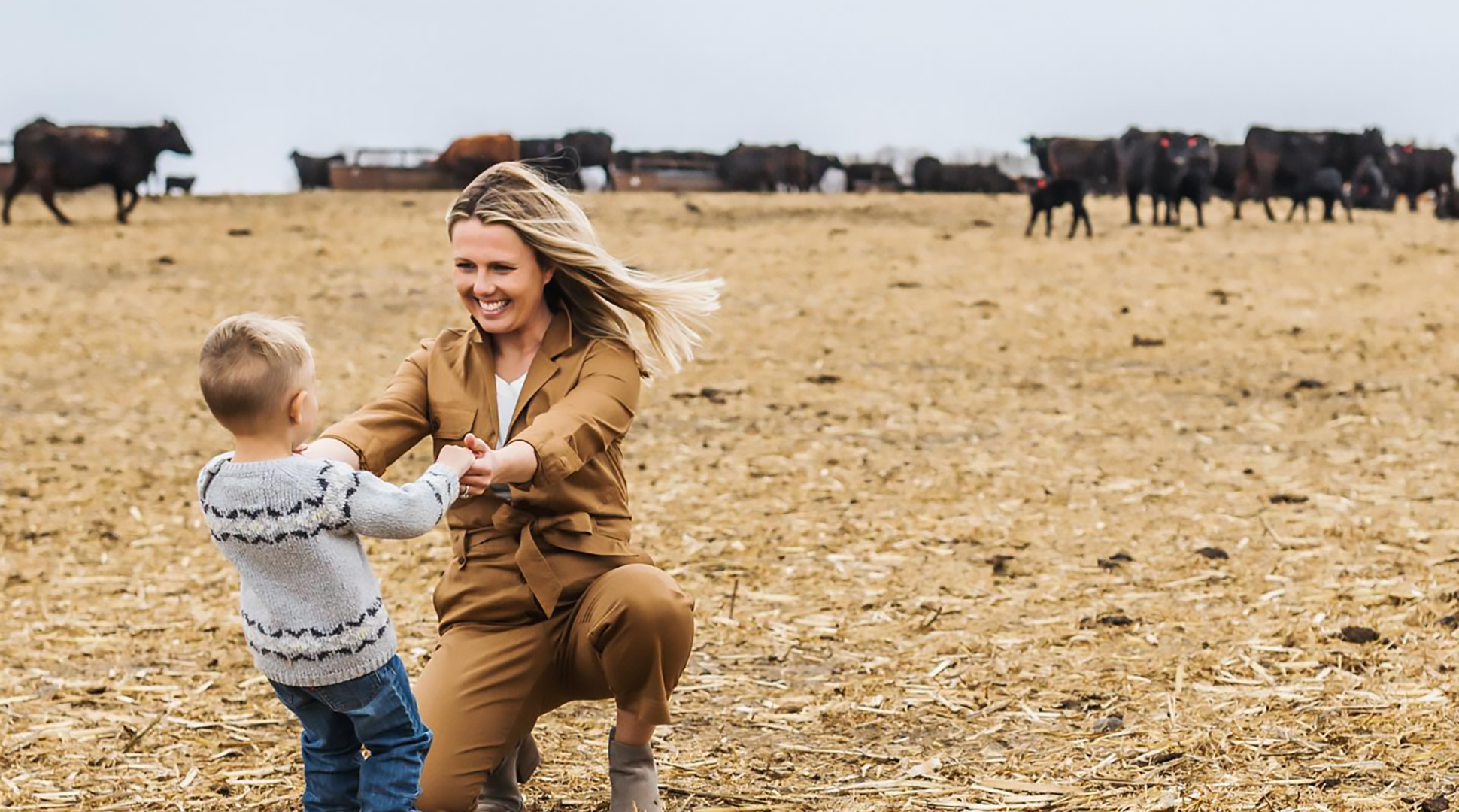by Chelsey Erdmann
I'm still working through my feelings about a new book we have in our house about a young dairy cow who overcomes her fear of going out to pasture for the first time.
It was written by a woman who worked at a dairy. Love!
It's a book about agriculture. Love!
The book gives a great opportunity to discuss feelings and develop an emotional awareness. Love!
Kade loves this book so much. He carries it around and waters the main character. Love!
The part that gives me questions; the part that makes me wonder about the connections I am building in Kade's brain is the part about animals having complex feelings.
Animals do not have the same cognitive abilities as humans. They do not experience feelings or problem solving the way a person does, but yet we use animal characters in stories to teach our kids about human emotion.
I'm worried these stories are conveying the message that animals comprehend more than they really do.
I'm worried these stories may make the cycle of life more confusing for him if he believes animals feel and process like humans when they really are so different.
This is apparently what being a parent really means. Worrying about topics that never crossed my mind before!
As families become increasingly removed from agriculture, I think it is important we do what we can to keep grounded truth at the forefront. I believe factual discussions early and often will mitigate some of our biggest struggles before they turn into yet another struggle.
For me and my household, I will be using my own words along with the beautiful illustrations to discuss how an animal would instinctively handle the situation. I will use books about people to discuss human emotion and books about animals to discuss animal instinct.
What do you think? A big deal or not something that should be worrisome?

Chelsey is the District 5 representative on the NDFB Promotion and Education Committee. She is a sixth generation farmer and rancher from east central North Dakota. Along with her family, they raise seed oats, pinto beans, soybeans, corn, commercial cattle and a couple of kids. This post first appeared on Chelsey's blog.
